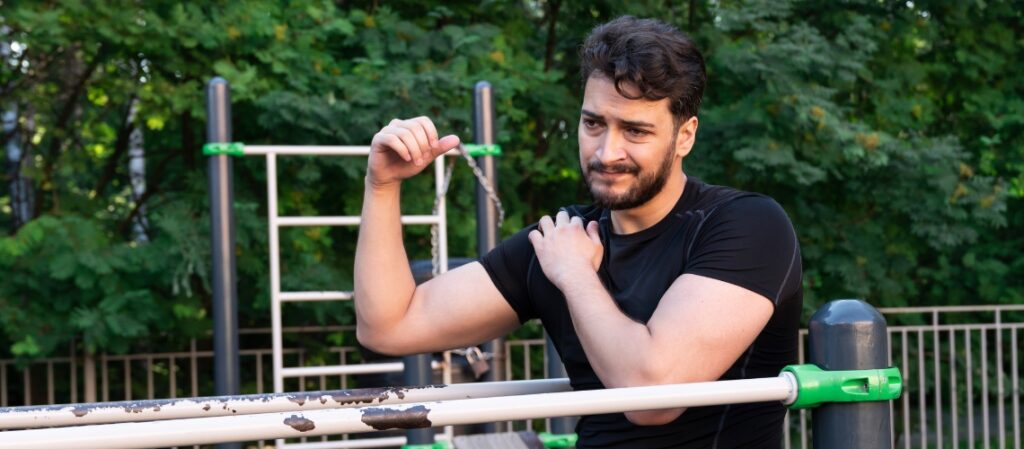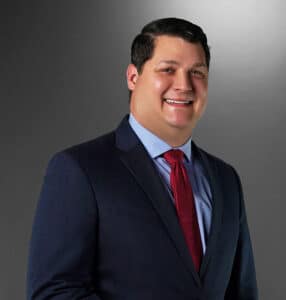
If you’re experiencing shoulder pain, weakness, or stiffness, you may be dealing with a rotator cuff injury. The rotator cuff plays a vital role in stabilizing and allowing movement in the shoulder, and when it becomes damaged, it can significantly impact your daily life.
For some, this discomfort may improve with rest and physical therapy, but for others, rotator cuff repair may be necessary to restore function. In our latest blog article, our team explores six signs that may indicate it’s time to consider rotator cuff repair and how you can take proactive steps toward recovery. Take a look!
1. Persistent Shoulder Pain
One of the most common symptoms of a rotator cuff injury is persistent shoulder pain. This discomfort can worsen when lifting or lowering the arm, and it may be particularly noticeable at night. If your pain lingers for weeks or even months without relief, it could be a sign of a significant tear in the rotator cuff that may require surgical repair.
2. Weakness in the Arm
Weakness in the shoulder or arm is another key indicator of a rotator cuff injury. If you’re finding it difficult to lift or rotate your arm, or if routine tasks like reaching overhead or carrying objects are becoming increasingly difficult, it may be time to consider rotator cuff repair in Victoria. This weakness is often a result of tendon damage or tear, which might not improve without surgical intervention.
3. Limited Range of Motion
A rotator cuff tear often leads to limited mobility in the shoulder joint. This stiffness can interfere with daily tasks such as brushing your hair or reaching for items on high shelves. When conservative treatments like physical therapy don’t restore your range of motion, surgical repair may be necessary to help you regain full shoulder function.
4. Audible Clicking or Popping Sounds
If you hear clicking, popping, or grinding sounds when moving your shoulder, this could be a sign of tendon damage or impingement in the shoulder joint. These sounds, combined with pain and discomfort, often signal a rotator cuff injury that requires medical evaluation. If the sounds persist, don’t ignore them—consult with an orthopedic surgeon for further assessment.
5. Acute Injury Leading to Shoulder Dysfunction
In some cases, a sudden fall or lifting injury can cause immediate pain and dysfunction in the shoulder, which may indicate an acute rotator cuff tear. If you experience an acute injury that severely affects your ability to use your shoulder, prompt medical attention is critical. Early surgical intervention can help prevent further damage and improve recovery outcomes.
6. Failure of Non-Surgical Treatments
If you’ve been using non-surgical methods like rest, ice, anti-inflammatory medications, and physical therapy without significant improvement over a period of six months to a year, it might be time to explore surgical options. For some, the rotator cuff won’t heal on its own, and surgery may be the best course of action to restore shoulder function and alleviate pain.
Understanding Rotator Cuff Repair
Rotator cuff repair is a surgical procedure aimed at reattaching the torn tendon to the humerus (upper arm bone). It can be performed using minimally invasive arthroscopic techniques or through traditional open surgery, depending on the severity and size of the tear. While arthroscopic surgery generally involves smaller incisions and a faster recovery, the approach will be tailored to your specific injury.
When to Consider Surgery
The decision to undergo rotator cuff repair depends on several factors, including the severity of the injury, the size of the tear, and your overall health. Surgery is often recommended when the tear is large, if there’s no improvement with conservative treatments, or if you’re unable to perform daily activities due to pain or weakness. For athletes and active individuals, surgery may be necessary to return to optimal performance.
Recovery and Rehabilitation
Recovery from rotator cuff surgery typically involves a combination of rest, physical therapy, and a gradual return to activity. You’ll likely need to wear a sling to keep the shoulder immobilized in the early stages of recovery, followed by physical therapy exercises to regain strength and flexibility. With proper care, most patients can resume normal activities within six to twelve months, though recovery times vary based on the severity of the tear.
Prevention Tips
While rotator cuff injuries can’t always be prevented, certain measures can reduce the risk. Regular shoulder-strengthening exercises, maintaining proper posture, and avoiding repetitive overhead motions can all help keep your shoulders healthy. If your job or hobbies involve repetitive shoulder movements, be sure to take regular breaks and use proper lifting techniques to avoid overexerting your shoulder.
Get the Care You Need at Victoria Orthopedic Center
If you’re dealing with shoulder pain or suspect a rotator cuff injury, it’s important to consult with an orthopedic surgeon for a thorough evaluation. At Victoria Orthopedic Center, our team of experienced board-certified orthopedic surgeons is dedicated to providing personalized care and utilizing the latest techniques in rotator cuff repair. Whether you’re experiencing pain, weakness, or limited range of motion, our experts can help determine the best treatment plan to get you back to doing the things you love.
Contact us today to schedule your consultation for rotator cuff repair in Victoria, and take the first step toward regaining shoulder function and improving your quality of life. Don’t let shoulder pain limit your lifestyle—reach out to our office and start your recovery journey.




